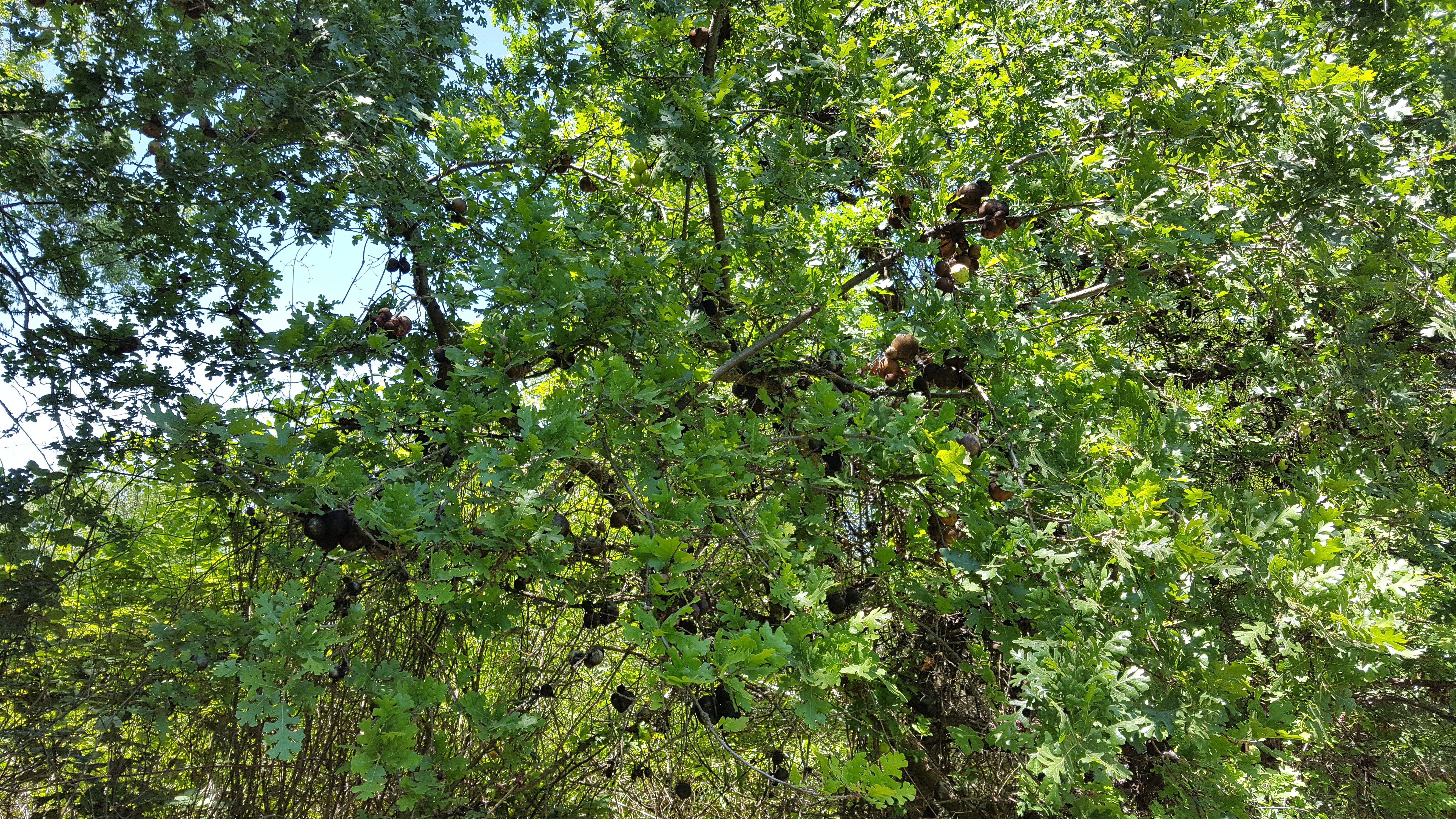4.1: Photosynthesis and Respiration
- Page ID
- 27741
Photosynthesis and aerobic cellular respiration are key metabolic pathways. Photosynthesis is essential to all life on earth; both plants and animals depend on it (Figure \(\PageIndex{1}\)). It is the only biological process that can capture energy that originates in outer space (sunlight) and convert it into chemical compounds (carbohydrates) that most organisms use to power their metabolism through aerobic cellular respiration or other pathways. In brief, the energy of sunlight is captured and used to energize electrons, which are then stored in the covalent bonds of sugar molecules. How long lasting and stable are those covalent bonds? The energy extracted today by the burning of coal and petroleum products represents sunlight energy captured and stored by photosynthesis almost 200 million years ago.

Attribution
Curated and authored by Melissa Ha using the following sources:
- 8.1 Overview of Photosynthesis from Biology 2e by OpenStax (licensed CC-BY). Access for free at openstax.org.
- 3 Photosynthesis from Introduction to Botany by Alexey Shipunov (public domain)
- 4.1.2: Aerobic Cellular Respiration
- Through aerobic cellular respiration, organisms break down sugars to produce usable energy in the form of ATP. This process consumes gaseous oxygen and releases carbon dioxide and water. There are four steps: glycolysis, pyruvate oxidation, the citric acid cycle, and oxidative phosphorylation.
- 4.1.3: Photosynthesis Overview and Equation
- Photosynthesis is essential to all life on earth; both plants and animals depend on it. It is the only biological process that can capture energy that originates in outer space (sunlight) and convert it into chemical compounds (carbohydrates) that every organism uses to power its metabolism. In brief, the energy of sunlight is captured and used to energize electrons, which are then stored in the covalent bonds of sugar molecules.
- 4.1.4: Discovery of Photosynthesis
- The history of the studies done on photosynthesis dates back into the 17th century with Jan Baptist van Helmont. He rejected the ancient idea that plants take most of their biomass from the soil.
- 4.1.5: The Light-dependent Reactions
- Like all other forms of kinetic energy, light can travel, change form, and be harnessed to do work. In the case of photosynthesis, light energy is converted into chemical energy, which photoautotrophs use to build carbohydrate molecules. However, autotrophs only use a few specific components of sunlight.
- 4.1.6: Light-independent Reactions
- The enzymatic stage has many participants. These include carbon dioxide, hydrogen carrier with hydrogen (NADPH), ATP, ribulose biphosphate (RuBP), and RuBisCO along with some other enzymes. Everything occurs in the matrix (stroma) of the chloroplast.
- 4.1.7: Photorespiration and Photosynthetic Pathways
- Photorespiration occurs when RuBisCO binds to gaseous oxygen rather than carbon dioxide. It undoes the good anabolic work of photosynthesis, reducing the net productivity of the plant. Plants in different environments have adaptations to reduce photorespiration while minimizing water loss.
Thumbnail: Plant cells with visible chloroplasts (from a moss, Plagiomnium affine). (CC BY SA 3.0 Unported; Kristian Peters).


